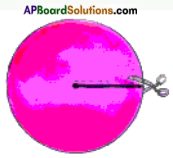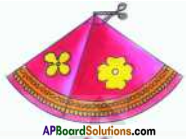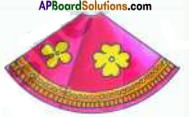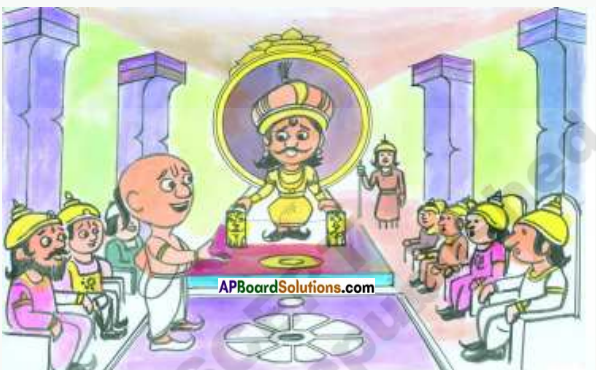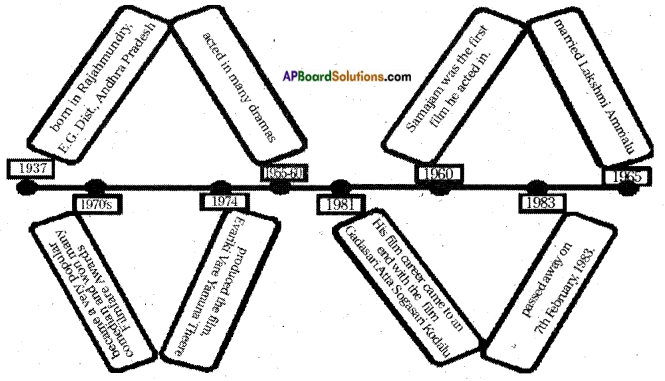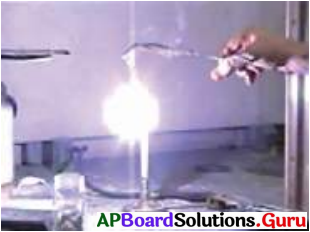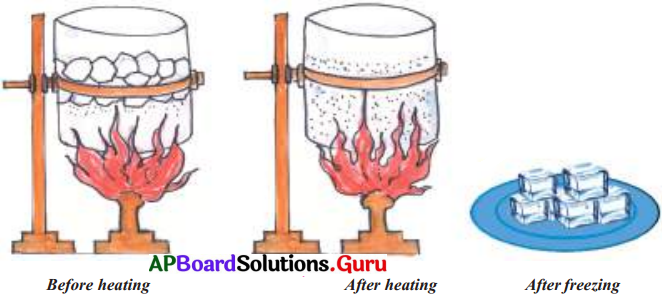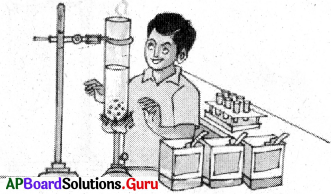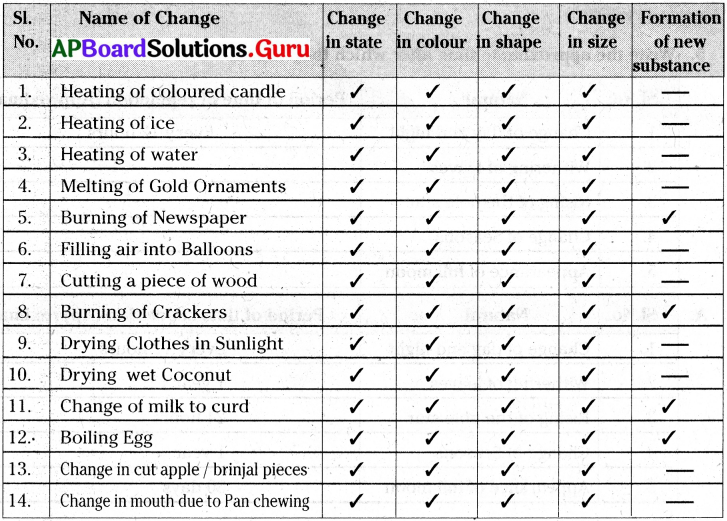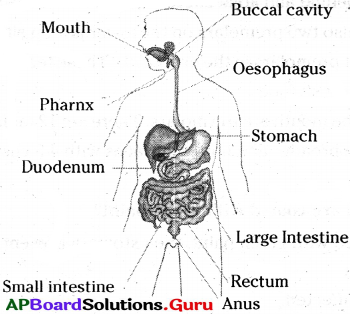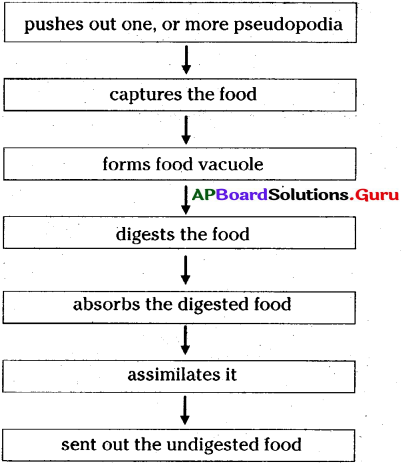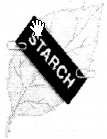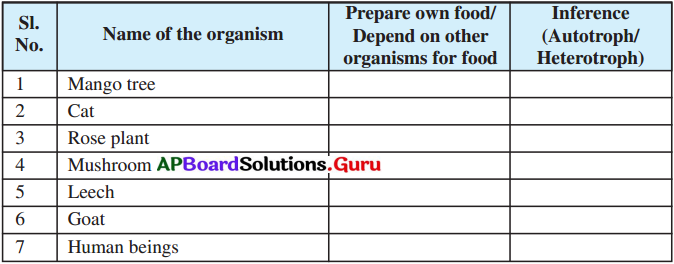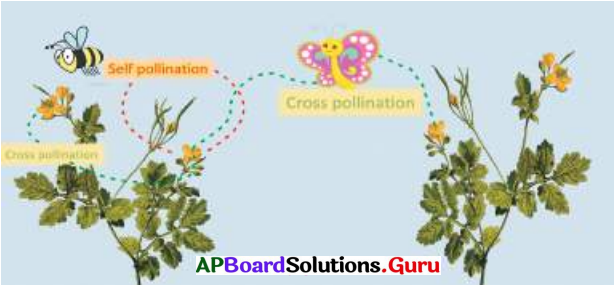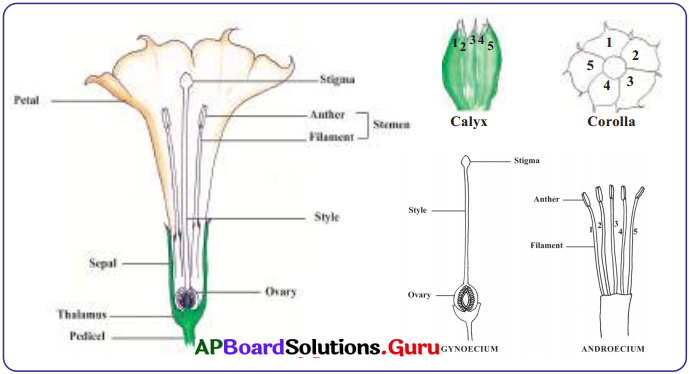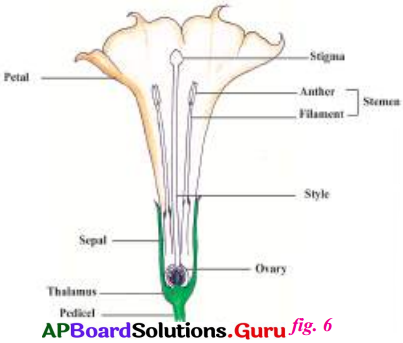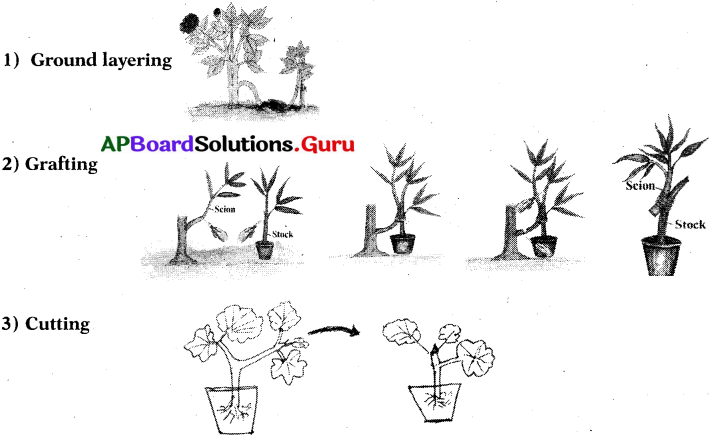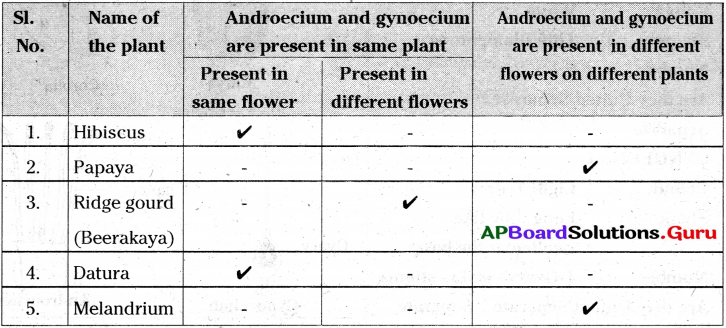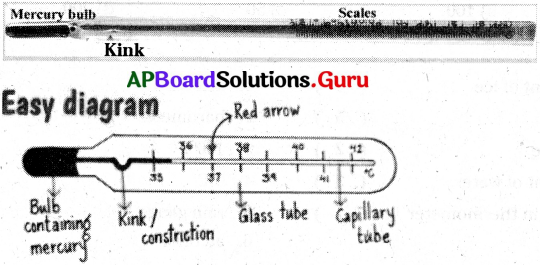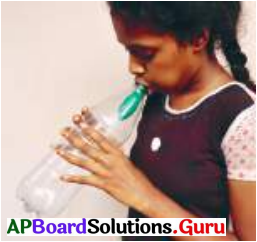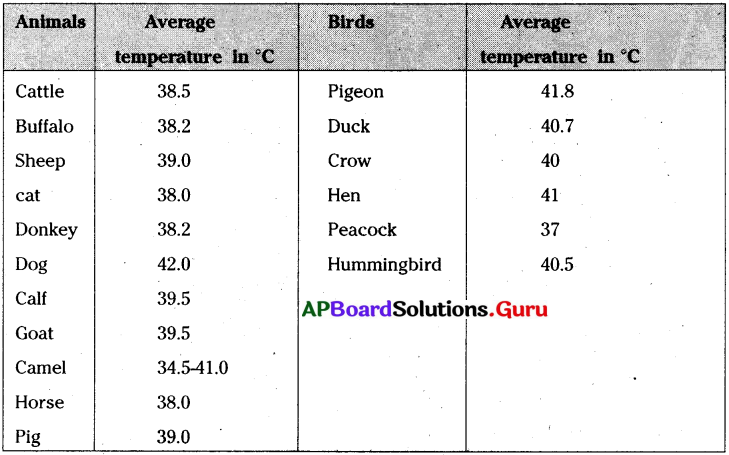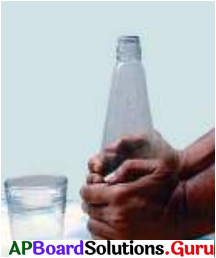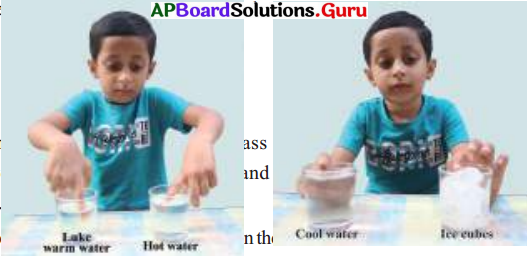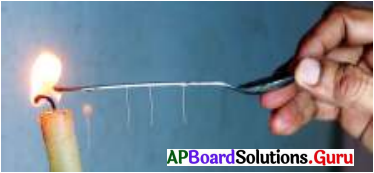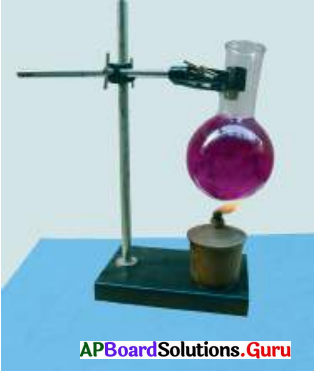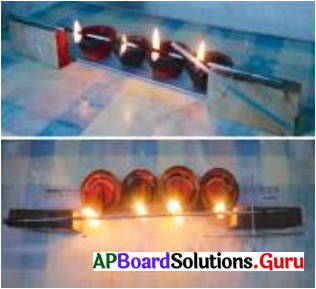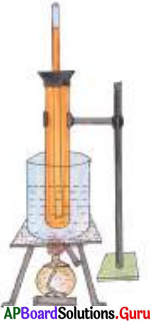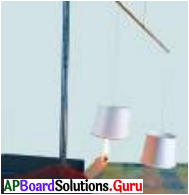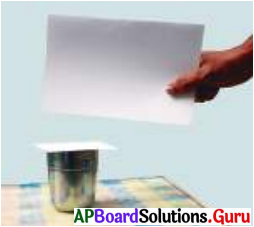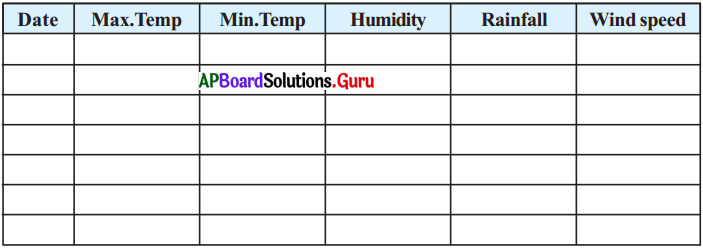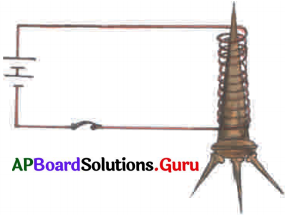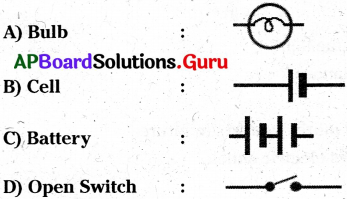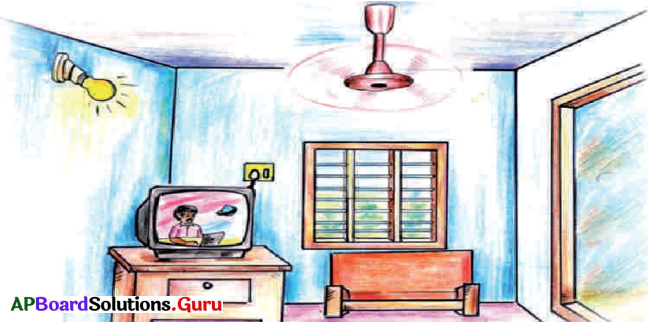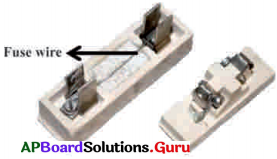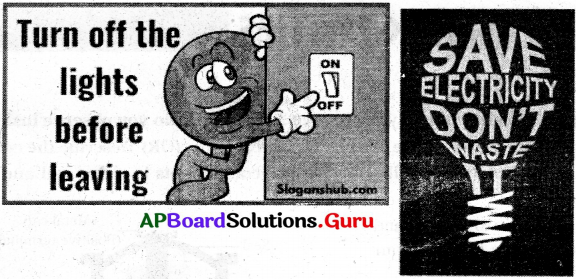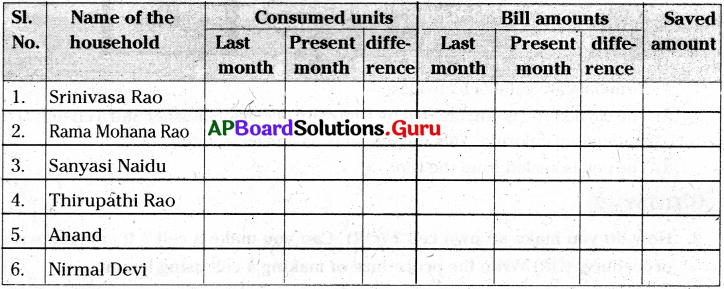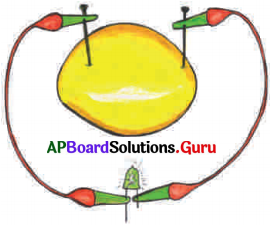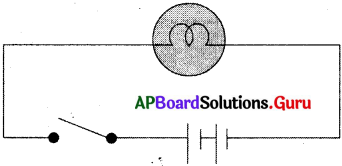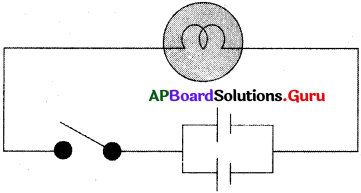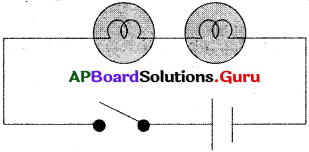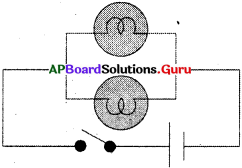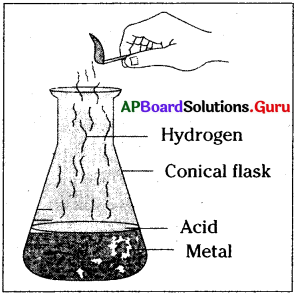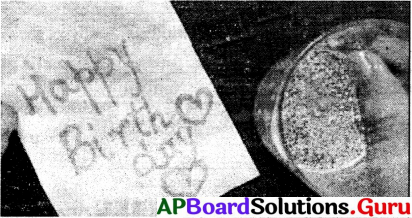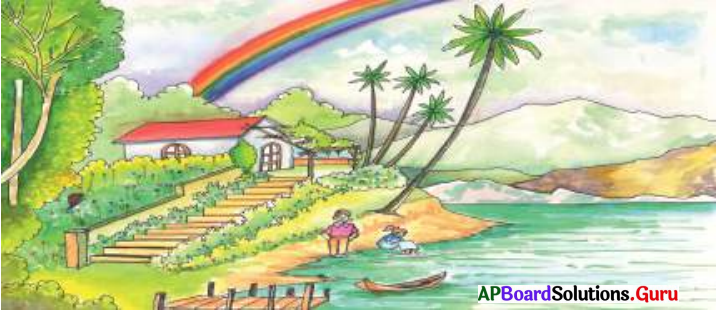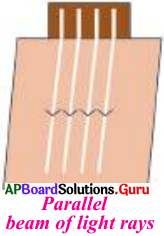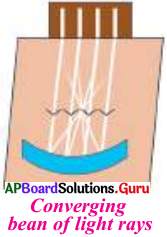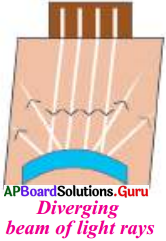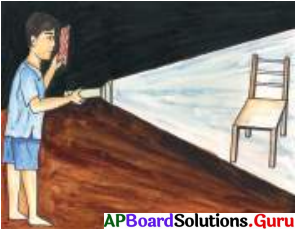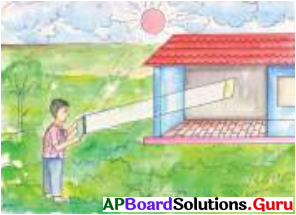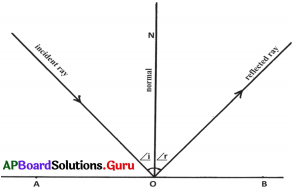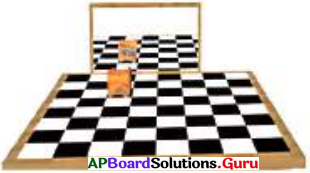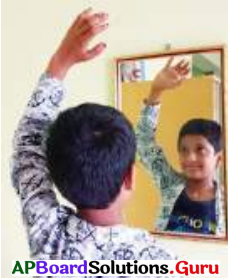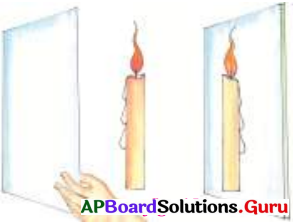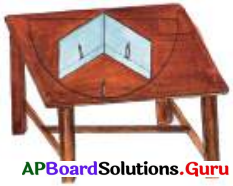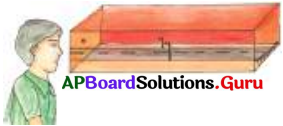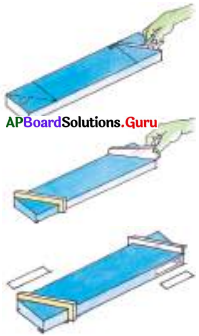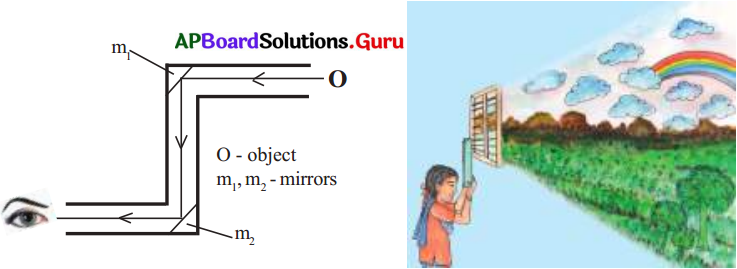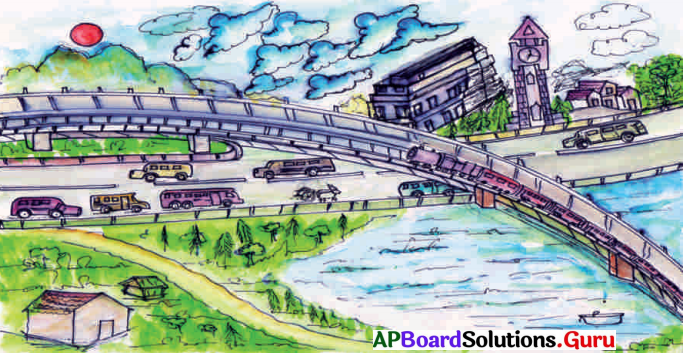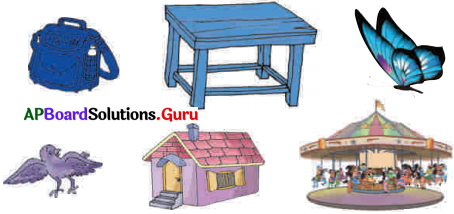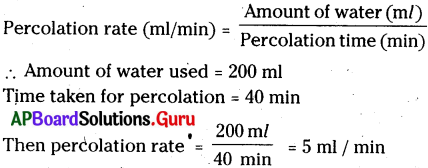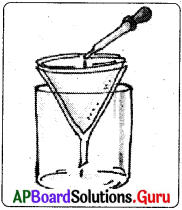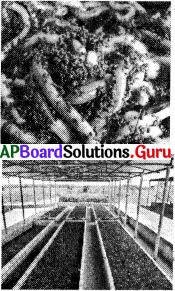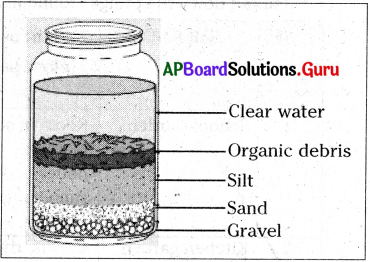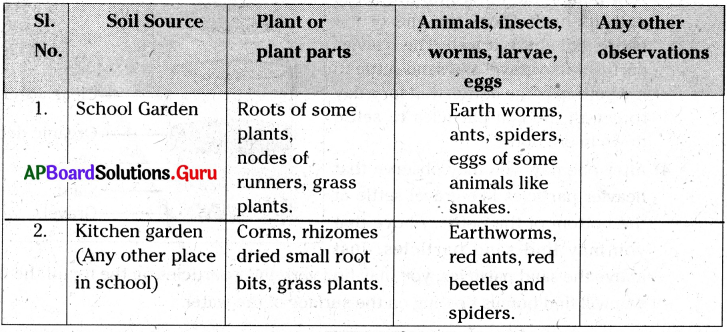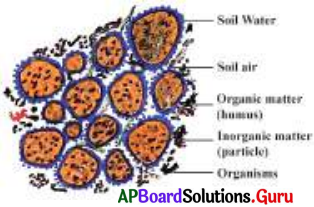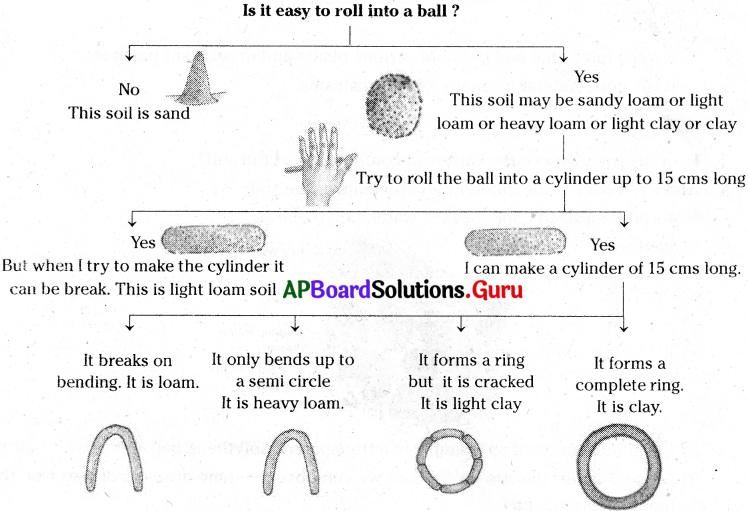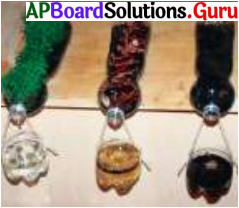AP State Syllabus AP Board 7th Class English Textbook Solutions Chapter 4C The Emperor’s New Clothes Textbook Questions and Answers.
AP State Syllabus 7th Class English Solutions Chapter 4C The Emperor’s New Clothes
7th Class English Chapter 4C The Emperor’s New Clothes Textbook Questions and Answers
I. Answer the following questions.
Question 1.
Was the king wise?
Answer:
No, the king was not wise.
Question 2.
What would have happened if the old minister had told the king the truth?
Answer:
If the old minister had told the king the truth, he would have called that the minister a fool. And he would not have punished the weavers.
![]()
Question 3.
Why did everyone pretend that they could see the cloth?
Answer:
Everyone pretended that they could see the cloth because the weavers had said that fools could not see their cloth and so they did not want to be considered fools.
Question 4.
There are people who cheat as the weavers did. Share with your classmates what you know about such cheats.
Answer:
What I know about them is that they appear to be correct and our helpers. They pass nice and. sweet words which make us spell-bound. Later they cheat us. We lose something. So we should think well about what some boys say. We should analyse their words and find out the fact. We may, then, do what they say.
If everything you touched became gold, would you be happy?
King Midas was a very greedy king. Even though he was very rich, he always craved for more and more. Every day he prayed God for more and more. One day, God appeared before him and granted him a wish. Midas asked, “Give me golden touch – everything I touch should become gold.” God smiled and granted him the golden touch saying, “Anything that you touch will turn into gold.” The King was delighted with his good fortune. Everything he touched turned into gold. He turned trees, grass, tables, chairs, flowers, and vases into gold. He thought that he must be the richest man in the world.
But in the evening, when he sat down for supper, King Midas was not so happy. His food turned into gold the moment he touched it and’ he had to go to bed without any food! However, King Midas was too greedy to be sad about it.
The next morning, the King’s daughter ran to hug her father. But alas! The minute she kissed him, she turned into a gold statue! King Midas, who loved his daughter very much, was very sad and he ran to the temple for help. He cried, “God, please help me, I don’t want to be rich anymore. I only want my beloved daughter back.” God changed everything back to normal. King Midas had learnt his lesson and was never greedy again.
![]()
The Emperor’s New Clothes Summary in English
Once there lived an Emperor. He was very fond of new clothes. He spent his money on getting new clothes for himself.
One day two men came to his court. They said they could make the most beautiful cloth in the world for the Emperor. The Emperor was very much pleased with their words. They also told the Emperor that their cloth was so special that only wise people could see it, but fools could not. The Emperor thought by wearing clothes made with that cloth, he could see who were wise and who were fools in his kingdom. So the Emperor gave them a lot of money and told them to begin their work at once.
The two men were given a special room for their work. In that room, they set up two looms. They acted to be working. But there was nothing on the looms. They asked the king to give them the finest silk and the purest gold thread. The king did so. But they put those in their bags and acted working at the empty looms until late at night.
One day the king sent his old minister to the weavers to know how they were getting on with his cloth. The minister entered their room. He felt surprised to see nothing on the looms and the men doing nothing. The weavers asked the minister how the cloth they made was. The minister thought that if he said the truth, he would be treated as a fool. So, though he could see nothing there, he said that the cloth was very splendid.
Next time, the king went into the room along with his officers. Both the king and the officers could see nothing there. But they all said that the cloth was very beautiful.
At last the weavers said that the cloth was ready. They cut it with a huge pair of scissors in the air. They stitched the clothes with needles without any thread in them.
They told the Emperor that the clothes were ready. The weavers said that they made the trousers and the coat for the king. The officers said that they were beautiful though they could see nothing there. Even the king could see nothing but he could not admit it.
![]()
The two young men asked the king to put on the new clothes that they had made. The Emperor took off all his clothes and pretended to be putting on the new clothes. He knew he wore nothing but did not complain because he would thought to be a fool if he said the truth.
The Emperor walked along in the procession. People in the street cried that the Emperor’s new clothes were beautiful. But a little child said that the king had got nothing on, at all. Then all the people there cried that the king had got nothing on. The king felt greatly ashamed and unhappy. He knew that the people were right. But the procession had to go on.
The Emperor’s New Clothes Glossary
be fond of: like very much
weavers (n): people who weave cloth with thread
pretended (v): acted
foolish (n): person having no knowledge / wisdom
empty (adj): nothing
take off (v): remove
